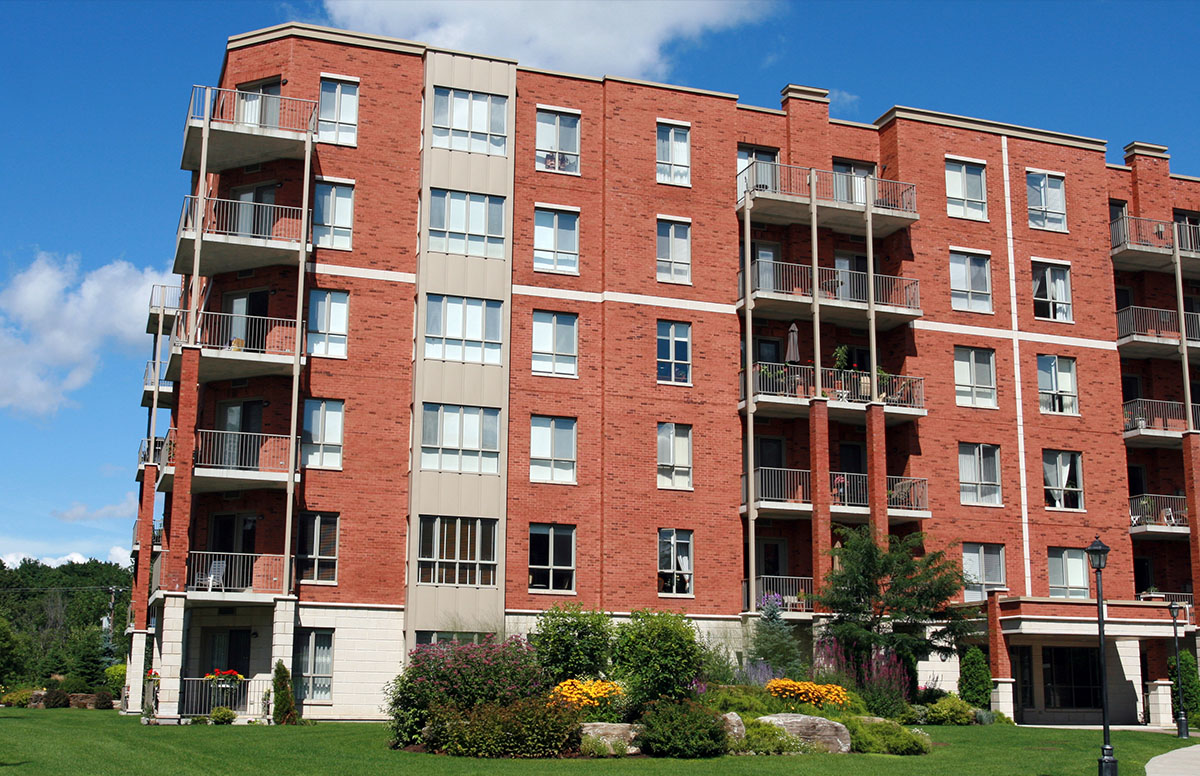The Department of Housing and Urban Development (HUD) posted the 2024 Operating Cost Adjustment Factors (OCAFs) with a national average of 5.3% for 2024. OCAFs are factors used to adjust project-based Section 8 contract rents annually, including rents in Section 202/8s, based on nine market-driven cost components.
Each year, HUD calculates OCAFs by state and territory. While most states’ OCAF increase is less than last year’s historically high increase (6.1%), the result is still a strong increase to operating budgets for affordable housing communities.
HUD assisted properties adjust their contract rents by applying the OCAF for the state or territory in which the subject project is located to that portion of the rent attributable to operating expenses, exclusive of debt service. OCAFs are calculated as the sum of weighted component cost changes for electricity, employee benefits/employee wages, fuel oil, goods/supplies/equipment, insurance, natural gas, property taxes, and water/sewer/trash using publicly available indices.
The OCAFs provided in HUD’s notice are applicable to eligible projects having a contract anniversary date on or after February 11, 2024.
Changes to HUD’s Calculation Approach
For the 2023 factors, HUD utilized a temporarily-adjusted approach to OCAF calculation to account for historically high inflation rates. HUD temporarily used data from a longer time period to better reflect rising costs, bringing the national average OCAF from 3.1% in 2022 (2.5% in 2021 and 2.2% in 2020) to a significantly higher 6.1% in 2023.
In addition to the temporary change for 2023, HUD also agreed to implement more lasting changes to its OCAF calculation methodology, including a key change supported by LeadingAge: To calculate the inflation factor for the insurance component, HUD proposed to switch from using consumer data, like the Consumer Price Index, to relying on industry data, like the Producer Price Index and other data, to better reflect the cost of property insurance. This change is reflected in the 2024 OCAFs.
Lastly, HUD in 2023 proposed to rely on more recent data than in past calculations to reduce the lag time between when OCAFs are calculated and when they go into effect, another change supported by LeadingAge. For the 2024 OCAFs, HUD pulled data in August, instead of in May, to calculate OCAFs for the following year.
Impacts on 2024 OCAFs
With operations costs still high for many housing providers, the 5.3% national average is a welcome change from pre-pandemic increases averaging in the 2-3% range, and less than a full percentage below 2023’s “outlier” factors. In addition, seven states will see higher factors than last year, including Rhode Island at 6.4%, New Hampshire at 7%, and Connecticut at 7.1% OCAFs for 2024.
However, as insurance costs continue to skyrocket for many affordable housing properties, LeadingAge is urging HUD to do more. In a December 2022 letter to HUD, LeadingAge applauded the changes to HUD’s OCAF calculation methodology but requested additional increases for housing expenses like insurance, staffing, and utilities.
LeadingAge will continue to advocate with HUD for sufficient funding for quality affordable housing for older adults with low incomes.

 Shutdown Week Three: Impact of Ongoing Closure on Affordable Housing
Shutdown Week Three: Impact of Ongoing Closure on Affordable Housing CMS Debuts Models: ACCESS, ELEVATE and LEAD
CMS Debuts Models: ACCESS, ELEVATE and LEAD


